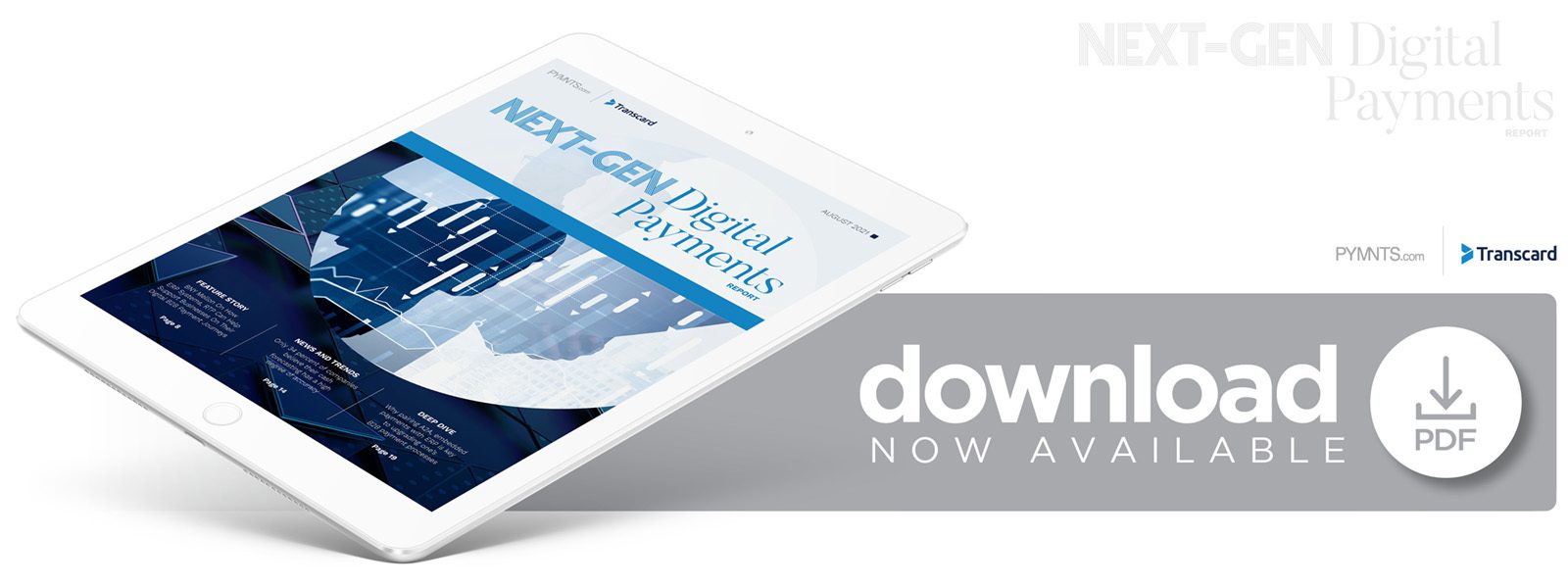BNY Mellon’s Slabicki Says Embedded Payments, RTP Help Corporates Improve Receivables Management

Businesses are used to dealing with the hiccups that tend to crop up in their accounts receivable (AR) and accounts payable (AP) processes.
Many companies have come to expect the days or weeks it can take for paper checks or invoices to settle, and they have been working around such delays for decades while taking slow, measured steps toward digitization.
The global health crisis changed all this, however, by accelerating the ongoing migration toward swifter, digital-first payment methods, said Carl Slabicki, head of Strategic Payment Solutions at BNY Mellon. The need of businesses for innovation in how they both pay and receive funds is increasing as the number of payment methods they are expected to support expands, placing speed and convenience at the top of businesses’ priority lists.
“One of the things that we noticed in the receivables space, and we talk about this with a lot of our receivables clients, is that they’re going to continue to have to support multiple payment channels to receive payments,” Slabicki explained. “So, one of the big trends that is continuing, and I think will continue to evolve a little more rapidly, is what people generally refer to as integrated receivables. How do you give your client the ability to look at and manage all of their receivables regardless of payment type in channel?”
Supporting integrated receivables or other embedded finance capabilities is becoming critical as companies across multiple sectors look to move away from paper checks and manual AP and AR processes in favor of digital-first methods. It is vital to consider what tools and technologies currently are being used to manage these processes, and how emerging tools can fit into these existing systems.
ERP Systems And The Rush To Instant Payments
Today’s businesses are more conscious of the need for swifter payments than ever, but this heightened awareness has not yet translated into broader execution. One of the key barriers holding firms back is their inability to transfer not only funds, but all the accompanying information swiftly and easily, Slabicki explained.
“Data has always been the biggest pain point in the whole AR, AP process, and the larger the companies go in some of these segments, the larger the problem that gets amplified in terms of the number of payments and invoices and bills that they’re ultimately trying to process and then automate,” he said.
Different banks or financial players run off different standards, while other operators offer separate formats for invoicing and payments, he noted, adding that this fragmentation can grind corporates’ AR and AP processes to a halt. Therefore, it is crucial for businesses to ensure they can easily see all their payments in one place, indicating that enterprise resource planning (ERP) systems and treasury workstation solutions still play a key role in companies’ AP and AR processes even as they move to digitize them. How companies’ ERP systems work also is crucial for their financial and technology partners to understand, as not taking these systems into account can severely hamper innovation.
“Ultimately, the corporate can’t adopt a new eBill delivery method, invoicing capability or even a new payment type unless those ERP or treasury workstation applications support changes and support new payment types or formats for a lot of those invoices and workflows,” Slabicki said. “Part of our strategy has really been understanding that, even if a corporate may want to adopt some of these new capabilities, that we ultimately will wind up in a three-way project between our corporate client and that technology provider that they’re working with.”
Bringing the technology player as well as their clients into the mix can create key opportunities for financial players as well as for the corporates themselves, he continued. Such collaboration can help open the doors for companies to take further steps in their digital transformation journeys, allowing them to engage with expanding instant payment services, such as The Clearing House’s Real-Time Payments (RTP) network.
Paving The Way For RTP B2B Payments
More and more businesses are seeking quicker ways to complete payments of all types, including both consumer and B2B transactions, prompting rising interest in networks such as the RTP network. Banks and other financial providers have been joining this network in higher volumes since its launch in 2017, but the aim now is to ensure that businesses are able to reap their benefits.
“The next wave is, ‘OK, how do banks make sure that their clients and their corporates can enable RTP?’” Slabicki said. “A lot of that is going to be working directly with corporates and some of the large national billers and the B2B players in the market, and some of that is going to be that integration with the treasury workstations and ERP providers to make sure that they also support the functionality and the capabilities, and they now have this big, broad reach across the banking sector.”
Creating such reach requires financial institutions (FIs) to examine the underlying infrastructure corporates are using to support their payments, and what role such systems will play as the need for instant B2B and other payments expands. Keeping a close eye on how emerging payments can be paired with ERP systems for best results therefore is key both for financial players and businesses alike as companies and individuals make the jump toward digital payments.

